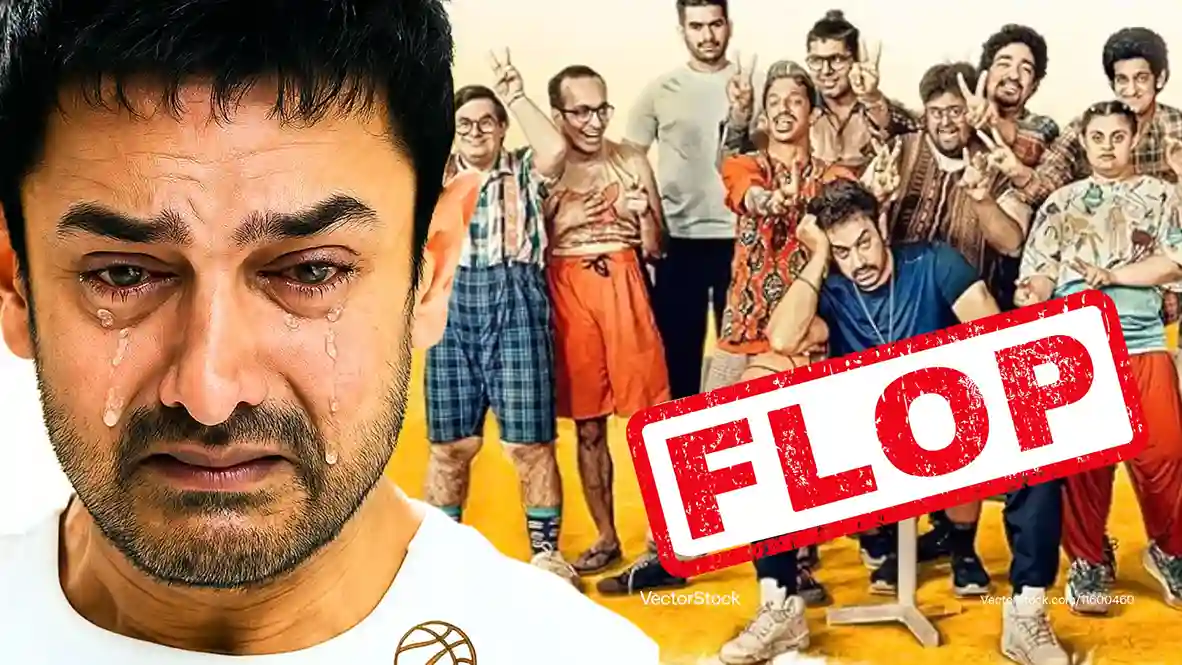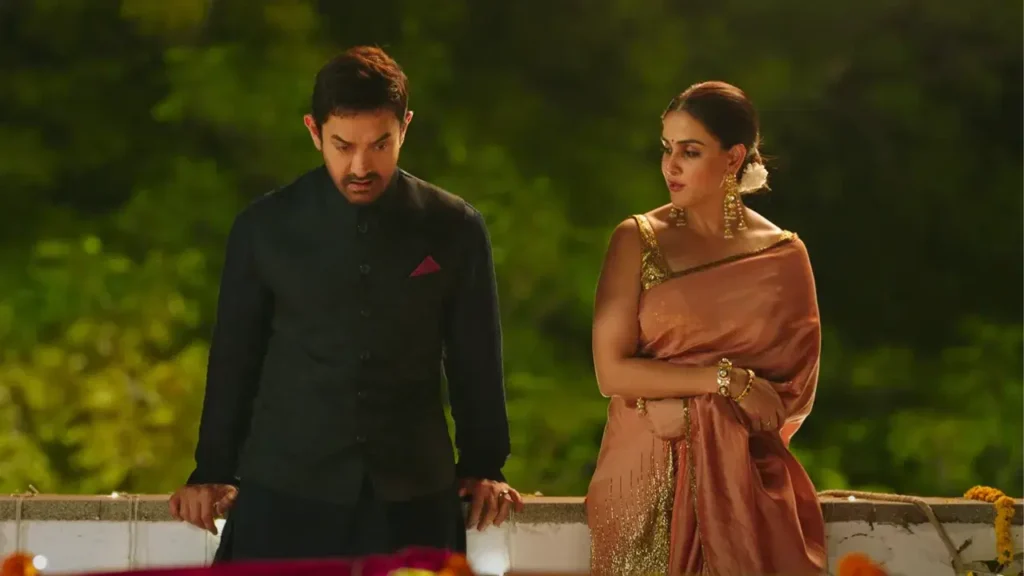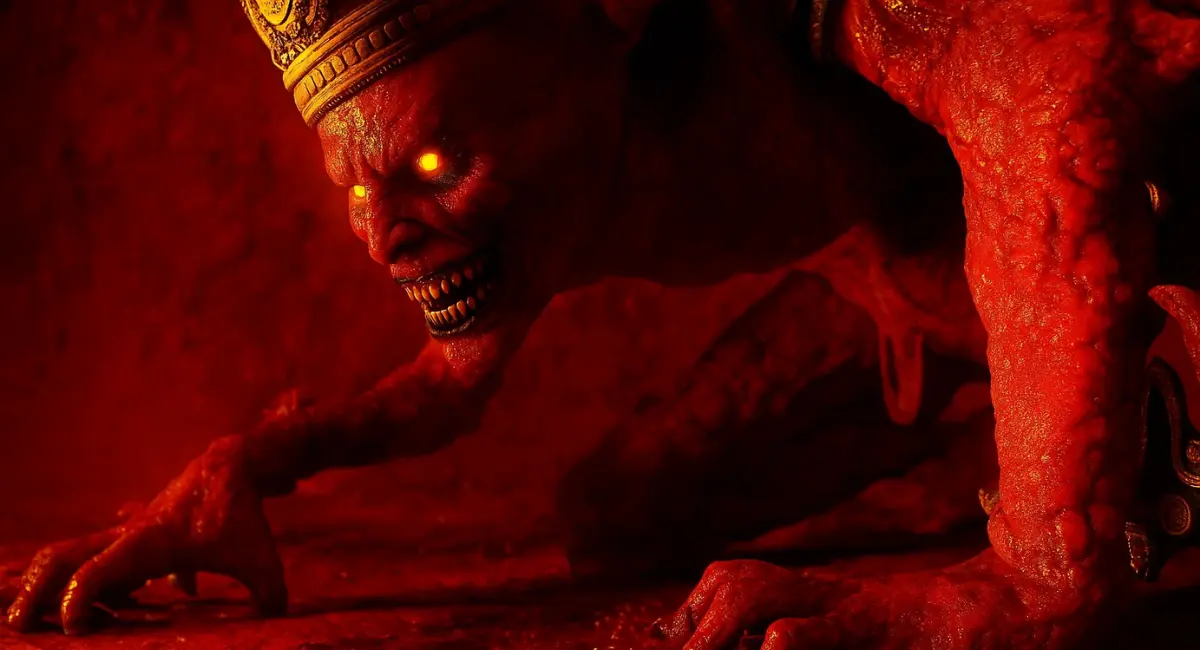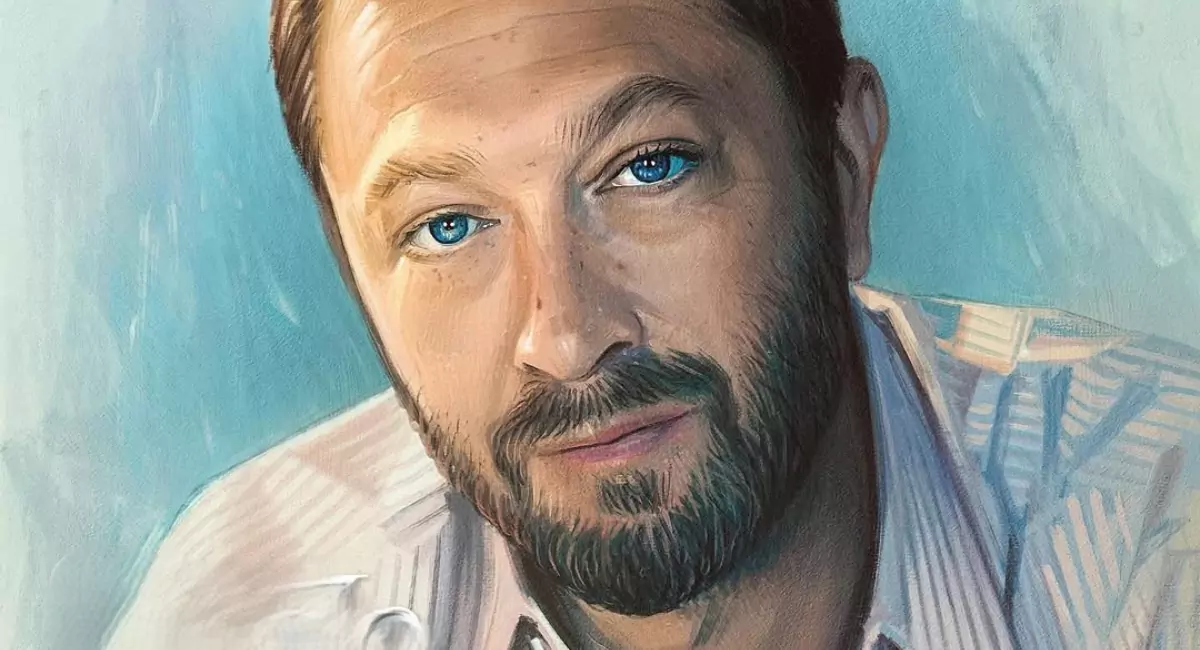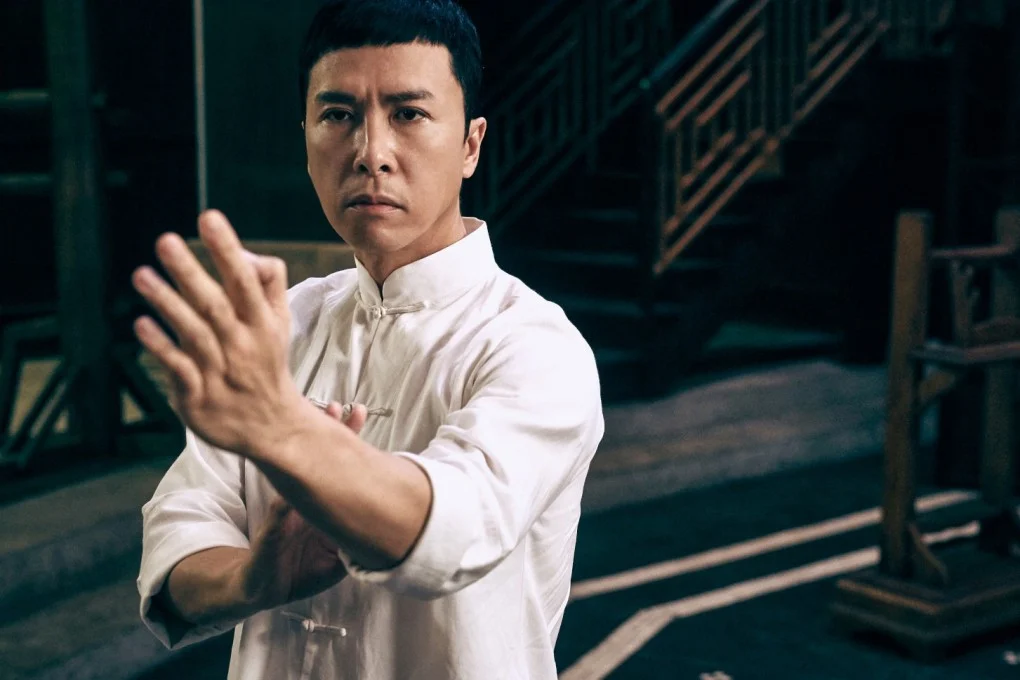Apple F1 car movie technology has redefined cinematic realism in the racing genre. Apple Original Films collaborated with Formula 1 teams to create modified racing cars specifically for their blockbuster “F1” starring Brad Pitt, setting new standards for authentic motorsport filmmaking.
The Brad Pitt F1 movie 2025 represents a groundbreaking achievement in sports cinema, where cutting-edge technology meets Hollywood storytelling. This innovative approach demonstrates how tech giants can revolutionize traditional filmmaking methods.
The Engineering Behind Real Formula Racing Cars for F1
Real F1 cars for movie production required unprecedented collaboration between Apple and Mercedes-AMG. The production team purchased six Formula 2 cars and worked with Mercedes engineers to create vehicles that could carry advanced camera equipment while maintaining racing authenticity.
F1 cars designed for film featured custom modifications including electric motors replacing traditional engines, 15 camera mounts integrated into the chassis, and Formula 1 aerodynamic packages. These specialized vehicles allowed Brad Pitt and co-star Damson Idris to drive at speeds exceeding 180 mph during filming.
Formula 1 car design for movie purposes demanded meticulous attention to detail. The modified Dallara F2 2018 chassis received complete Formula 1 body packages, ensuring visual authenticity while providing the safety and control needed for cinematic production.
Mercedes-AMG Partnership and Real Driver Integration
Mercedes-AMG F1 collaboration proved essential to the film’s technical success. Team Principal Toto Wolff suggested using Formula 2 chassis with F1 aesthetics, providing the perfect balance between safety and authenticity.
F1 movie real drivers participated throughout production, with actual Formula 1 drivers appearing as themselves. The integration of professional racers like Max Verstappen, Charles Leclerc, and others added unprecedented realism to racing sequences.
Formula 1 collaboration Apple extended beyond just car modifications. The partnership allowed filming during actual Grand Prix weekends at Silverstone, Spa, Las Vegas, and Abu Dhabi, creating authentic racing environments impossible to replicate on sound stages.
Lewis Hamilton’s Producer Role and Technical Excellence
Lewis Hamilton F1 movie producer involvement ensured every detail met professional racing standards. The seven-time world champion’s Dawn Apollo Films co-produced the project, with Hamilton providing line-by-line script consultation.
F1 technical advisor movie duties saw Hamilton checking everything from tire compound accuracy to sound design authenticity. His expertise proved invaluable in maintaining credibility with F1 enthusiasts while crafting compelling cinema.
Brad Pitt Lewis Hamilton collaboration developed over two years of intensive preparation. Hamilton guided Pitt through Formula racing fundamentals, ensuring the actor’s performance reflected genuine driver expertise and racing psychology.
Authentic Grand Prix Weekend Filming Experience
F1 track filming took place during live race weekends, with the fictional APXGP team operating alongside real F1 teams. This embedded approach created unmatched authenticity in crowd reactions, pit lane atmosphere, and racing tension.
F1 Grand Prix movie filming required precise coordination with FIA officials and race organizers. Some sequences had mere 9-minute windows between practice sessions, demanding flawless execution from cast and crew.
Real F1 tracks for film provided genuine racing environments that computer graphics couldn’t replicate. Locations included Silverstone’s legendary corners, Spa’s elevation changes, and Yas Marina’s spectacular night racing atmosphere.
Revolutionary Impact on Future Racing Cinema
F1 movie realism establishes new benchmarks for sports filmmaking. The combination of modified racing cars, embedded filming, and professional driver involvement creates viewing experiences that place audiences directly in cockpits.
Future of F1 movies will likely reference this production as the gold standard. Apple’s investment in authentic technology demonstrates how streaming platforms can push cinematic boundaries when given adequate resources and creative freedom.
Apple F1 movie revolution extends beyond entertainment into educational value. The film provides accurate representations of modern Formula 1 technology, helping audiences understand the sport’s complexity and danger.
Apple’s F1: The Ultimate Racing Movie Experience
Apple F1 car movie technology has delivered the most authentic Formula 1 cinema experience ever created. The combination of modified racing vehicles, professional driver consultation, and cutting-edge filming techniques produces unprecedented realism.
Real F1 cars movie experience demonstrates how technology companies can enhance traditional filmmaking. Apple’s commitment to authenticity, supported by Mercedes-AMG engineering and Lewis Hamilton’s expertise, creates cinema that educates while entertaining.
Formula 1 in Hollywood reaches new heights when accuracy meets spectacle. This groundbreaking production proves that audiences appreciate authentic experiences over pure fantasy, setting the stage for future sports cinema evolution.


